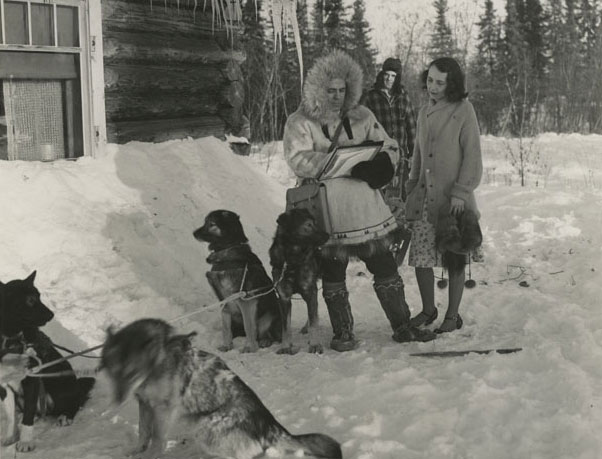Making Sure Missouri Counts
Since 1790, the U.S. Census has taken place every 10 years like clockwork. Taking stock of the entire United States’ population has never been an easy task (check out this Census taker traveling by dogsled in Alaska in 1940), but its importance is undeniable.

The Census provides an official count of the U.S. population and is used to determine how federal funding is allocated. Not only does it play a large role in dictating where federal funds go, it’s essential to our very democracy. Census data are what the government uses to determine fair representation for states. In 2010 for example, Missouri lost hundreds of millions of dollars in federal funding and a congressional seat as a result of the Census.


Missouri received approximately $16.5 billion in federal funds in FY2016, which were directly calculated from Census data.
We crunched the numbers for 2020 to estimate that for every Missourian that goes uncounted, our state would lose $1,300 in federal money every year. That’s $13,000 per person over the next decade. Those are funds that we wouldn’t get for our roads and bridges, hospitals, and schools.
Given all that was at stake, including the implications for public health funding, we needed to do everything we could to avoid another undercount. We commissioned focus groups in rural Missouri, surveyed people throughout the state, and gathered together more than 40 partners to inform and create a campaign that would reinforce the importance of the 2020 Census. Diverse partners included public charities, faith-based organizations, businesses, and government entities.
The result — our Missouri Counts campaign. The campaign was wide in its scope and deep in its activities. Together with our partners and in conjunction with Missouri’s Complete Count Committee, we worked to spread the word about the value of the Census, particularly in communities that have historically been considered hard to count.
As you might expect, the pandemic threw a wrench into many of our plans, forcing us and our partners to pivot to find unique ways to promote Census participation. Our partners created Innovative virtual events and integrated Census promotion into meal and personal protective equipment distribution.
Census advocates worked to generate well over 50 news stories in urban and rural media markets in print, online newspapers, tv, and radio.
Billboards
located statewide
Community
partners
Pieces of
collateral created
Translated
posters
Overall, Missouri ranked 27th for self-response, with 65.9% of households counting themselves. In addition, the Census Bureau affirms that 99% of households were tallied by the deadline. Many counties improved their response rates from 2010, including Christian County, St. Louis County, Cass County, Lincoln County, Jefferson County, to name only a few.
The campaign has further galvanized our belief in the power of multi-partner, statewide strategic communications as a way to drive meaningful change. Our collective efforts not only proved to be successful for the 2020 Census, but they also pave the way for future collaborations to help our communities thrive.
